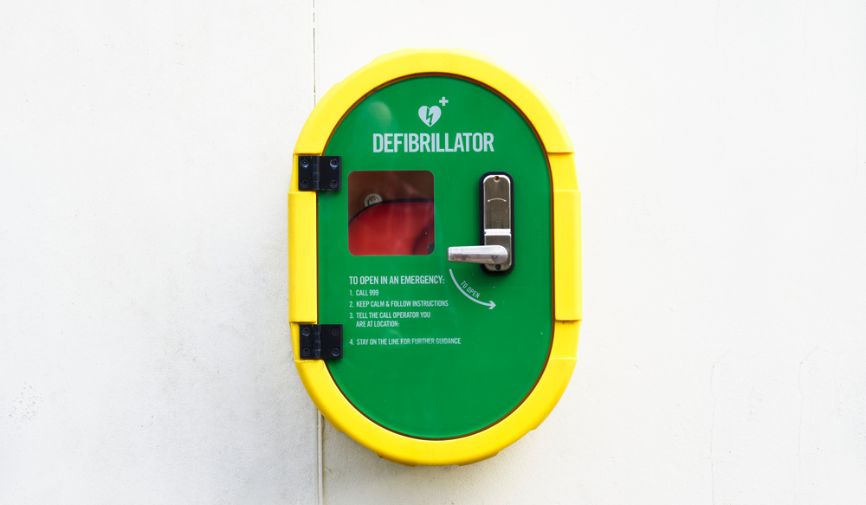In a medical emergency, it is crucial to have both the knowledge and equipment on hand to ensure that the person in need receives the proper care quickly and efficiently. Defibrillators are just one piece of crucial, lifesaving equipment that help innumerable amounts of people every day.
However, they must be used appropriately and for the right reasons. To ensure that everyone is correctly informed, we have compiled a list of when you should and should not be using a defibrillator to ensure that the correct procedure is followed every time.
When to use a defibrillator
A defibrillator should only be used when a person is experiencing cardiac arrest, or in other words, when their heart has completely stopped beating unexpectedly. Some signs and symptoms can determine how and when to use a defibrillator.
They have no pulse
If you have checked the person’s pulse and you cannot feel one, this indicates that their heart is stopped, and they need medical invention immediately.
They are unresponsive
This is another indication of cardiac arrest if they do not reply or acknowledge any visual, audio or tactile stimulation.
They are not breathing
If the person has completely stopped breathing, this also indicates the need for a defibrillator.
They are suddenly unconscious
If the person appears to have fainted and fallen very suddenly whilst going about their daily life, this is a clear sign of cardiac arrest.
If the person is experiencing one or more of these signs, that is the time to act. Find your nearest public defibrillator, and follow the steps given on the device as quickly and calmly as possible. Read our post on where to find your closest defibrillator for the best advice.
When you should not use a defibrillator
The purpose of using a defibrillator is when a person’s heart has stopped, and they need immediate action to restart it. However, it can sometimes seem daunting and a big responsibility when administrating it. If you are unsure how to tell when and when not to use a defibrillator, consider the following factors and then act accordingly.
If the person is breathing
If the person is breathing, this is a good indication that their heart is still pumping oxygen throughout their body, so the heart is still beating. Therefore, cardiac arrest is not an issue and defibrillator use is unnecessary.
If the person has a heart attack
A common misconception surrounding defibrillators is thinking they should be used during a heart attack. Cardiac arrest is an entirely different medical emergency from a heart attack, so if the person is responsive and awake, contacting the emergency services is the best thing to do for a heart attack.
If they do not want resuscitation
If the person has the letters DNR or a heart tattoo with a line through it, this indicates that they do not wish to be resuscitated in a medical emergency, so their wishes should be respected, and intervention is not required.
If they are wet
As defibrillators are electrically charged pieces of equipment, getting them wet can be extremely dangerous for both the person in need and the people around them. If the person is in water or wet and does need immediate assistance, try to dry them off as much as possible with a towel or item of clothing, and don’t stand too close to the patient or touch them when the shock is being delivered.
If the defibrillator needs replacement parts
If parts of the defibrillator are out of date or simply not working, the unit naturally will not operate to its intended level. This could include the gel pads being out of date or having succumbed to extreme heat or intense cold. It could also mean a battery that might even need replacing. Make sure to test your defib battery regularly (as per its instructions), and also check the dates given on the pads at least a few times a year in case they need replacing. If you find you urgently need a defibrillator that’s not fit for use, contact the emergency services immediately, or check to see if there is another defibrillator within proximity that someone can collect. For tips on how they can do that, see our post ‘Finding and Using Your Nearest Defibrillator.’
Get equipped to save lives
If you are interested in learning the importance of defibrillators or wish to get a defibrillator for public or private use, see our iPAD defibrillator range, read the blogs below, or get in touch to see how we can help you save lives.







